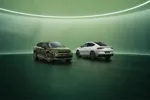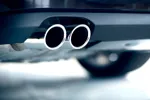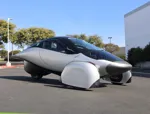Transport for London’s (TfL) Direct Vision Standard (DVS) scheme has been criticised for ignoring ‘indirect vision’ elements such as the blind spots behind a truck.
From October 26, all goods vehicles over 12 tonnes will require a permit to drive into Greater London, including vehicles from outside the UK.
The DVS legislation is based on a ‘star rating’ indicating how much a driver can see from the cab in relation to other road users – known as ‘direct vision’. It is intended to protect vulnerable road users, such as people walking and cycling, near the vehicle.
But the DVS’ criteria side-lines reversing alarms and ‘indirect vision’ technology like cameras and sensors.
Chris Hanson-Abbot OBE, the founder and chairman of Brigade Electronics, has written to TfL for answers.
He said requirements address direct driver visibility to every area around a vehicle except behind it. This is worrying as this zone is where pedestrians and cyclists – perhaps several – can remain hidden to the driver.
“Tried and tested indirect rearward vision devices, alarms, and sensors are now widely available – but direct vision behind the truck body is obviously out of the question.
“TfL might claim that this subject can wait until the first revision in 2022/24 and cross its fingers in the meantime. As a safety expert in this area, I find this very worrying,” Hanson-Abbot explained.
Operators are being advised by Brigade to ensure their vehicles meet the FORS silver requirements, which is a slightly higher spec and would automatically include; a rear camera, a reversing alarm, and a digital recording system to record incidents and assist in driver training and development.
Brigade has developed a range of DVS safety systems to ensure vehicles meet the minimum requirements for the upcoming legislation.



















Login to comment
Comments
No comments have been made yet.